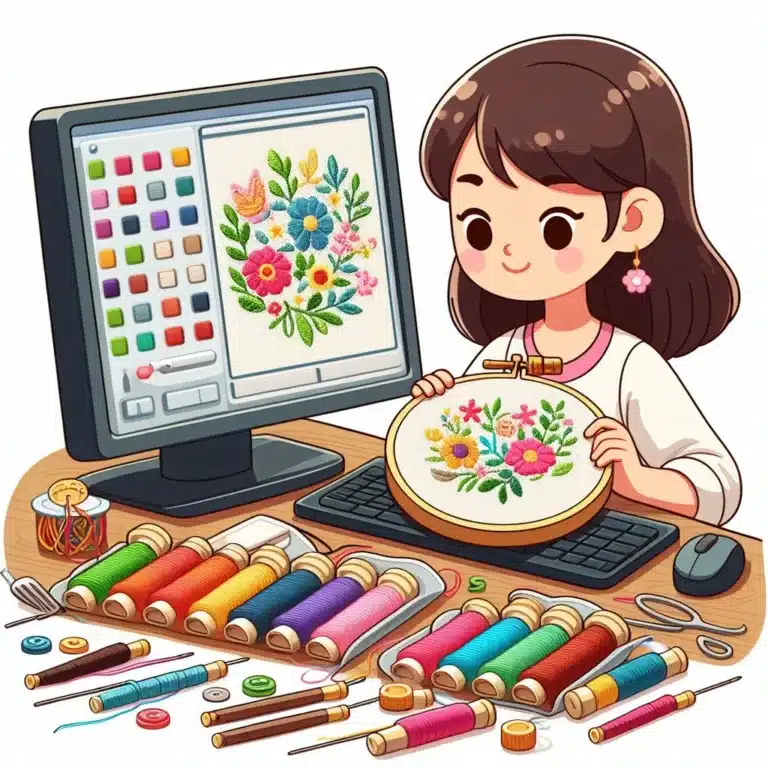How To Add The Color Code In The Design File
Creating a color code in your design file is a simple process that can greatly improve the organization and consistency of your design work. There are a few different ways to add color codes to your design file, but in this post, we’ll discuss the two most popular methods: using a color swatch and using a color legend.
-
Using a Color Swatch
A color swatch is a small square or rectangle that displays a specific color. When working with multiple colors in a design project, it can be helpful to create a color swatch for each color that you plan to use. This allows you to quickly and easily identify and apply the correct color to different elements within your design.
To create a color swatch in your design file, start by selecting the “New Swatch” option from the “Swatches” panel in your design software. Then, select the color that you want to use for your swatch and click “OK” to add it to your swatches panel. You can also name the color, which will make it easier to identify later on. You can add multiple color swatches at once by using the color picker or a HEX or RGB code as well.
Once you have created your color swatches, you can easily apply them to different elements in your design by selecting the element and then clicking on the color swatch that you want to use. This will change the color of the selected element to the color of the swatch that you have chosen.
-
Using a Color Legend
A color legend is a separate section of your design file that lists all of the colors that you are using in your project, along with their corresponding color codes. This can be a helpful reference tool when working with a large number of colors or when sharing your design file with others.
To create a color legend in your design file, start by creating a new layer or artboard and labeling it as “Color Legend.” Then, create a small square or rectangle for each color that you are using in your project, and label each square with the name of the color and its corresponding color code.
You can also include the usage of each color, like which design element it is intended to be used in, makes it more informative and easier to work with.
Once your color legend is complete, you can easily reference it whenever you need to check the color code for a particular color or when sharing your design file with others.
In conclusion, adding color codes to your design file can greatly improve the organization and consistency of your work. Using color swatches and color legends are two of the best ways to do this, as they allow you to quickly and easily identify and apply the correct color to different elements within your design. Take the time to create a color legend and color swatches before starting a design project, it will make the whole process of adding and identifying colors much more efficient.
Related Posts
Discover relevant articles, tutorials, and tips to improve your skills and explore new techniques.
Stay inspired and connected to our embroidery community.






